Pay Attention: 10 Sneaky Charges on Your Cell Phone Bill
 Credit: Shutterstock
Credit: Shutterstock
Ever take a look at your cell phone bill and wonder how that low monthly payment all of a sudden became a painfully large chunk of change? For many, this may be an all too familiar situation.
According to Forbes, an average consumer may end up paying $225 more per year over their original service payment. Extra hidden fees and taxes slowly creep up on customers and many are left wondering what exactly they are paying for.
Depending on your service provider, you can expect to see a combination of most of these taxes and fees which are usually found on the bottom of the bill, some are government mandated and others are not.
As a consumer, knowing what exactly you are paying for is half the battle, understanding why you're paying for them is the other. With extra charges are continuing to rise, it is time to uncover the 10 sneaky charges on your cell phone bill that you should watch out for: Continue reading to learn more.
10 Universal Service Fund Fee

This government-enforced fee requires service carriers to pay a certain percentage of their revenue to the Universal Service Fund. The money from this fee helps schools, libraries and rural health care providers. It must be noted that carriers are not required to attach this fee to their customer’s cell phone bill but most of them do.
9 State Telecommunications Excise Surcharge
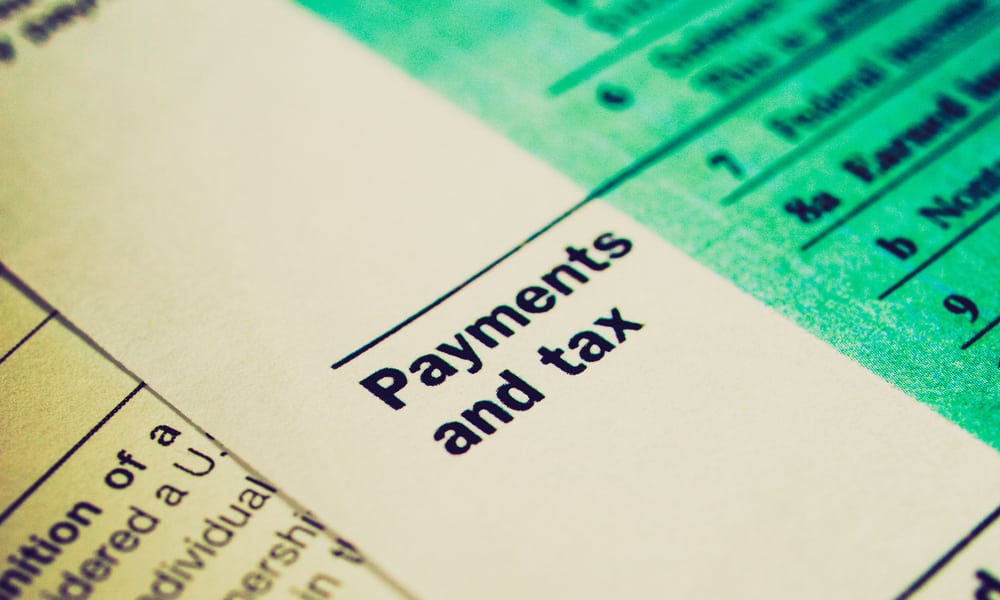
Also known as the Gross Receipts Tax Surcharge, this fee recovers the state and local tax on gross revenue, paid by the service provider, from the customer. In simple terms, the charge is similar to a sales tax that is imposed on the seller but then passed on to you.
8 Regulatory Fee
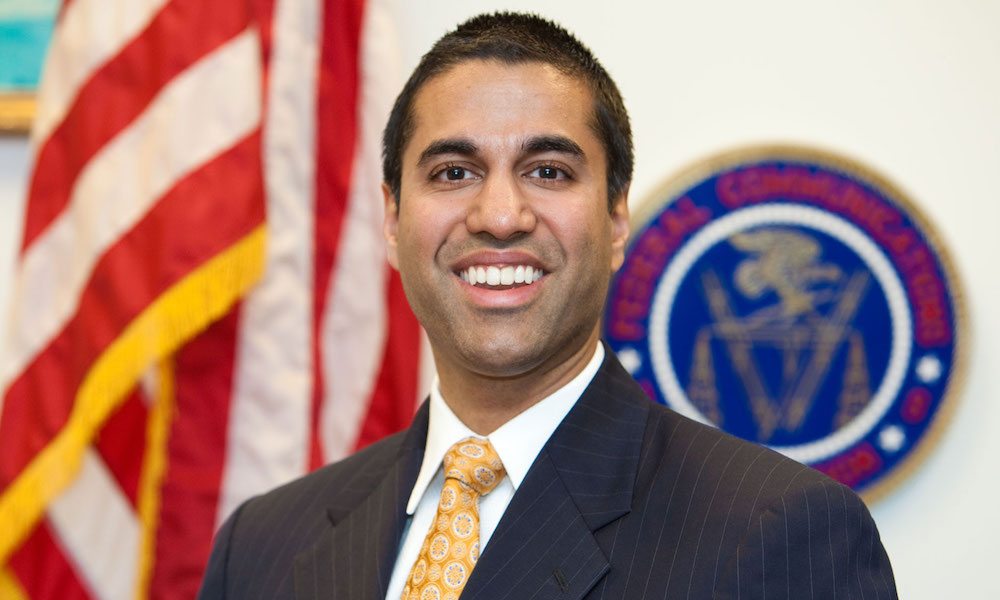
Don’t be fooled by the official sounding name. The regulatory fee is yet another charge service providers delegate to their customers and by no means is a government-mandated. This fee covers the FCC's costs related to licensing communication service providers such as issuing permits, testing, certifying licenses and authorizing transfers.
7 E-Waste Recycling Fee

This fee is specific to the state of California; the CA Department of Tax and Fee administration collects this charge for the purchase of certain electronic devices. This includes all video display products such as your smart phone that the Department of Toxic Substances Control has determined to be hazardous when discarded.
6 Utility User Tax
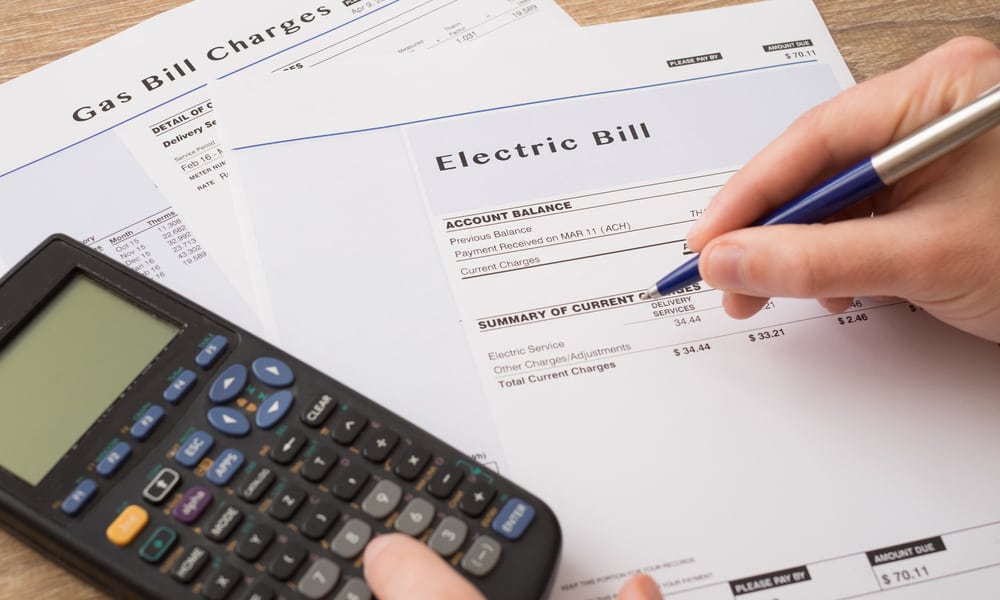
This specific tax is a charge that cities and counties are allowed to impose on the consumption of certain utility services. This includes electricity, gas, water, sewage, sanitation and you guessed it, your telephone service.
5 Administrative Charge
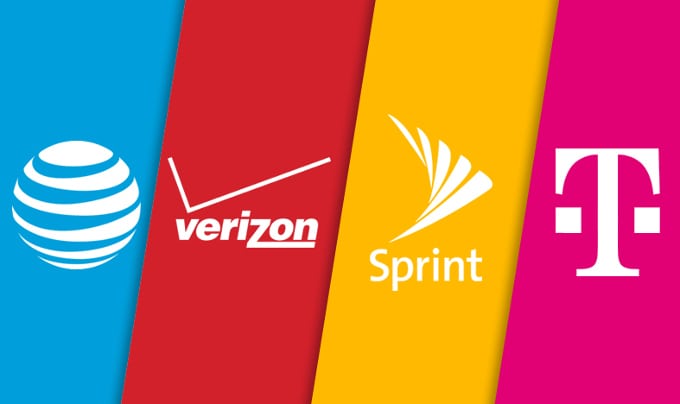
Most service providers will include an administrative charge that covers maintenance and interconnection. This fee usually covers the costs paid to other service providers when talking to a person on a different network.
4 Telco Recovery Fee

Just like the Administrative Charge, the Telco Recovery fee is a charge that helps your service provider recover their expenses when customers connect to other service providers.
3 Account Spending Limit
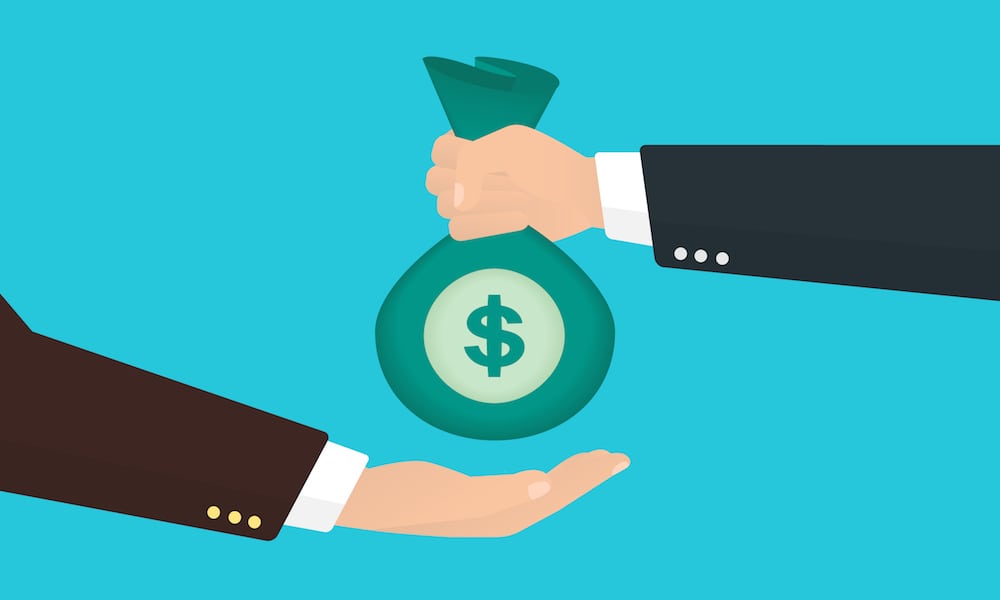
Depending on your current service provider, new accounts are added this extra charge on their bill, which is based on the customer's credit when opening a new account. Most service providers will waive the fee when you sign up for automatic payments.
2 State Taxes

State and local taxes are charges most of us are familiar with. According to Tax Foundation, on average state taxes end up costing customers an extra 17.2%. Each state has a different sales tax charge that it imposes for wireless services.
1 Emergency Response Fee
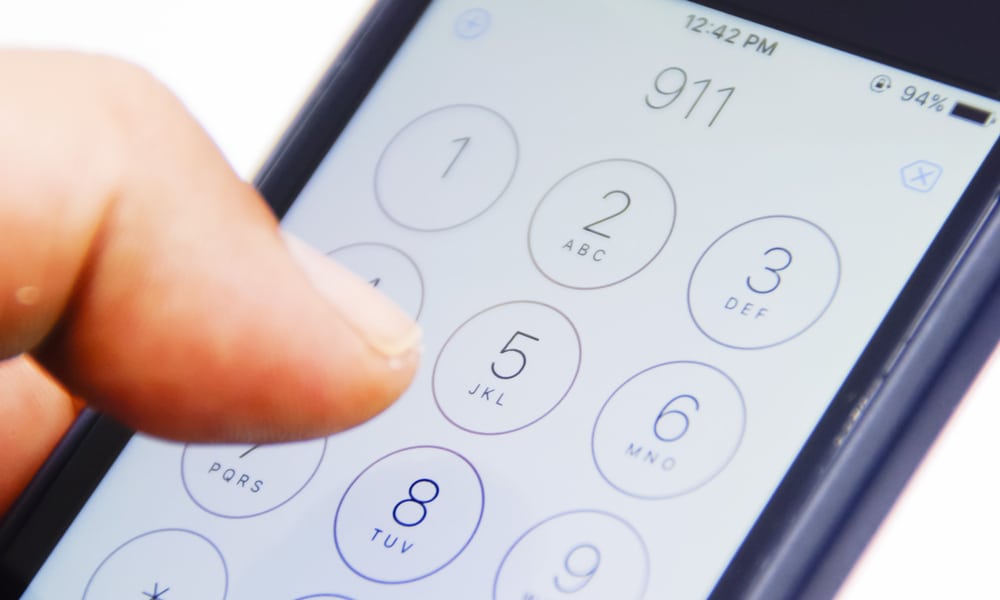
This fee is pretty self-explanatory; the Emergency Response Fee (911) is there to fund access to all emergency services in the country. Who knew there could be a fee that you don't mind paying for?
